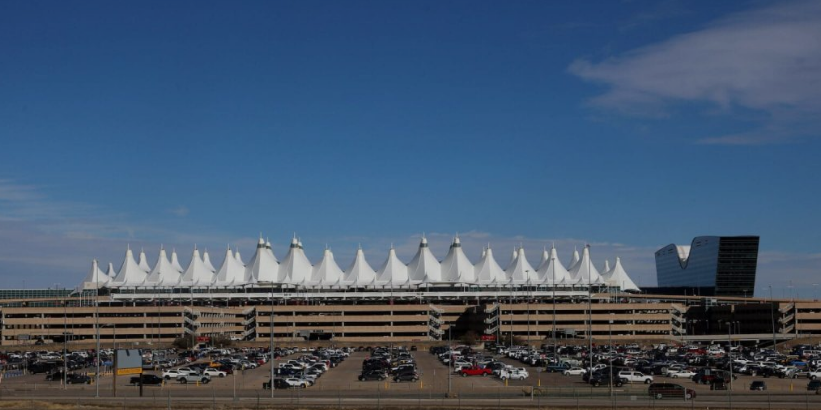Trains slow the world down. In Oregon, where coastline, forests, valleys and peaks mix in dramatic shifts, riding the rails becomes not just travel but a way to read the land. But the places where trains pause—the stations—offer beats in that rhythm. They are places where travelers step off, breathe in a place, and carry it with them forward.
Arrival & Anticipation
When a train pulls into a station, there’s a moment of anticipation. The wheels slow, the whistle sounds, the doors open. Some stations welcome you with modern lights, concrete platforms, clear signs—others with old brick walls, wooden shelters, vintage signage. That moment of first stepping off sets the tone: are you in a city? A small town? Near forest or river?
Big Stations, Big Energy
Large cities in Oregon—Portland, Eugene, Salem—house stations that hum with life. Multiple arrivals and departures, connections to buses, taxis, transit hubs, active waiting rooms. These are the stations where many journeys begin or end, where casual travelers cross paths with daily commuters, where the energy is part of what you expect from a big stop.
Quiet Stations, Strong Character
Away from the city you’ll find stations in smaller towns or rural settings—often simple platforms, sometimes historic station houses, sheltered benches, sometimes just a sign. Fewer amenities, fewer crowds, but more silence, more margin for noticing wind, birds, trees, sky. Travelers often remember these quiet stations most—because they feel like they belong to the place, not just to the route.
Mapping the Journey: All Your Options
To travel Oregon by train with intention, you want to see every stop. That’s why the list of alexandria amtrak station invaluable. It reveals both major hubs and lesser-known stops. With that knowledge you can plan routes that mix the familiar and the hidden, that let you pause in places few others get to, and that let you travel not just in distance but in depth.
Architecture, Memory & Local Touch
Many stations across Oregon still carry architectural echoes: wide overhangs to shield rain, wooden trim, vintage benches, classic signs. Others are newer—modern shelters, ramps, lighting, clean lines—but often still reflect their surroundings. A station in a forested region might use wood; one in plains might have open views. These design choices shape how the travel experience feels.
Views Between the Stations
Often the audio and visual heart of a train journey is between the stations. Forests open, valleys widen, rivers glint, hills rise and fall. You see changes: light, shadow, weather, terrain. The stations act like chapters in a book; each arrival, each departure divides the story. The ride becomes a moving panorama, and the stations are the margin notes.
Local Flavor: Stepping Off into Place
The magic is often just beyond the platform. A café a block away, a bakery that opens early, a mural on a brick wall, a shop selling local crafts, a path to a river. These are the moments where place touches travel. The station invites you into local life. Many travelers say those first steps after leaving the train become memories they carry longer than the ride itself.
Travel Tips: Make Your Time Matter
Check schedules closely—many smaller stations have limited service.
Pack smart—water, snacks, layers, rain gear.
Arrive early—let your feet touch the place before the train arrives.
Plan onward transport—some stations have limited local connections.
Stay curious—walk, look, talk, photograph; station towns often have surprises.
Why These Stations Still Matter
Stations are more than waypoints. They preserve local heritage. They connect remote places. They invite exploration. They offer alternatives to roads and flights. For residents, the station is access; for travelers, the station is experience. They hold memory and possibility.
Looking Ahead: Enhancements & Vision
There is room to make stations more welcoming: better shelters, lighting, signage, local info, walking paths, art, and restoration of historic buildings. More frequent service could make quieter stations more viable. Partnerships with local communities would enrich the station surroundings—gardens, markets, displays. The future holds opportunity to deepen what stations offer, without losing their sense of place.
Final Reflections
Every station is a moment where motion and stillness meet. You step off, feel air, see surroundings, listen. Then you step on again, carrying that moment with you. Oregon’s Amtrak stations are not just stops—they are story points, deep breaths, flashlights pointing out features of place. For anyone traveling by train here, the stations are part of what you remember long after the tracks have pulled away.















